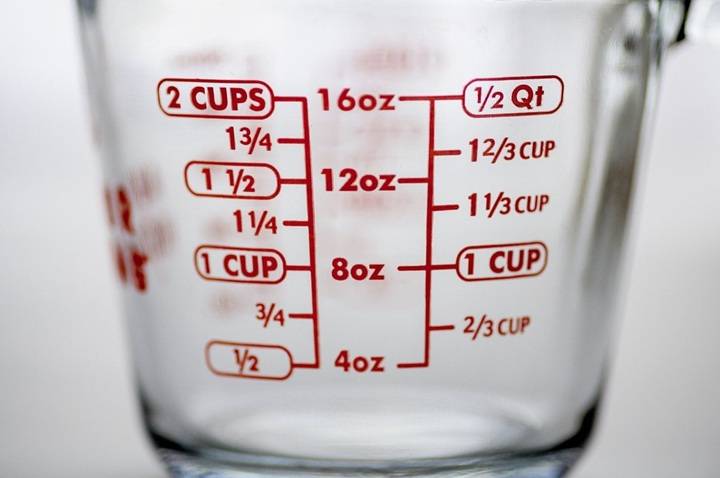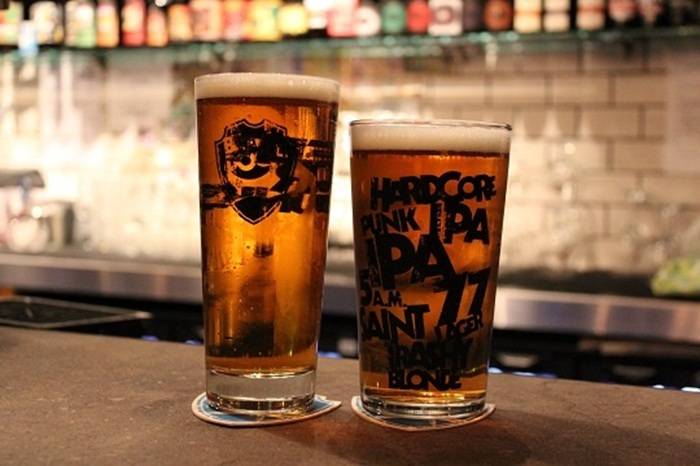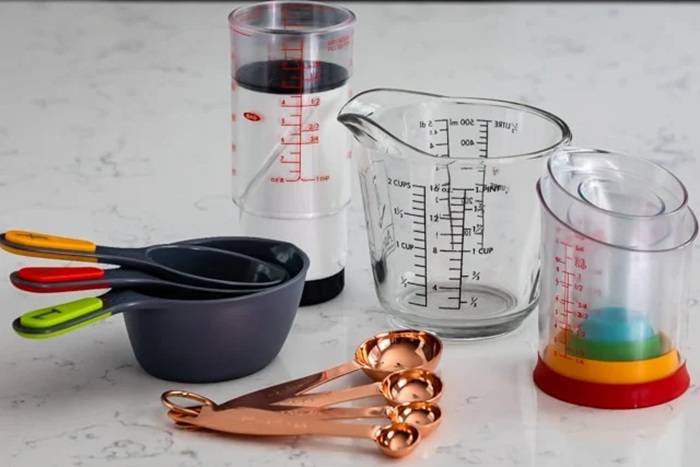
How Many Cups Are in a Pint: The Kitchen Measurement Master Guide
Correct ingredient measurements are most important to the replicable results of cooking and baking. The most frequently e-mailed kitchen question posed is likely: how many cups in a pint? Doubling recipes, from unit to unit, or trying to serve over leftovers all depend on the understanding of this basic measure to succeed.
Lowdown on cups and pints, American and British equivalents, goof-free recipe instructions and easy converting. You’ll be a supermarket pro shopper, pantry stuff-and-be-storageful, and recipe translator in an eyeblink.
The Short Answer: Cups in a Pint
If we’re doing our baking in the USA. Then the answer’s simple:
- 1 U.S. pint = 2 U.S. cups
So if your recipe calls for a pint of milk or broth. Then you’ll need to measure out 2 cups. This applies across most U.S.-based cooking instructions. It is easy to remember.
But outside, things get more complex.
Understanding the U.K. Pint vs. the U.S. Pint

The British and American pints differ. In the UK, the imperial pint is used and is larger than the U.S. pint:
- 1 U.K. pint = 20 U.K. fluid ounces = 2.4 U.S. cups
If you’re working with a U.K. pint in a recipe it’s larger than an American pint. I.e., by way of illustration, if you’re reading a British recipe and it calls for you to add a pint of stock, it would have you add almost two and a half U.S. cups to get the same.
Always check where your recipe came from. If a British or Commonwealth recipe with imperial units, convert to your measurement if necessary.
A Brief History of U.S. Volume Conversions
To get some perspective on cups and pints, it is helpful to examine the whole arm of the U.S. customary volume measurements:
- 1 gallon = 4 quarts
- 1 quart = 2 pints
- 1 pint = 2 cups
- 1 cup = 8 fluid ounces
- 1 tablespoon = 0.5 fluid ounce
- 1 teaspoon = 0.17 fluid ounce
And isn’t that a great straightforward shape to be able to change so easily from unit to unit. To have to make, say, 1 gallon of soup just because one must use in a recipe is 16 cups so convenient to break up to store or cut down to serve a few people.
Fluid Ounces: The Bridge Conversion between Pints and Cups
Pints and cups are related because there’s a fluid ounce correlation:
- 1 U.S. cup = 8 fluid ounces
- 1 U.S. pint = 16 fluid ounces
A pint has two cups. So two 8-ounce cups would actually equal 16 ounces, or a pint.
Fluid ounces are the middle volume measurements that will be useful in case your measuring tool is not configured for cups or pints itself.
Metric Conversion of Cups and Pints
For workers who measure using metrics, the following conversion will be useful:
- 1 U.S. cup = 236.6 milliliters
- 1 U.S. pint = 473.2 milliliters
- 1 U.K. pint = 568.3 milliliters
- 1 U.K. cup = 284 milliliters
It’s convenient to have system conversions handy when you’re pulling out recipes or using kitchen scales measuring metric units to bake. Remember, though, that grams and fluid ounces are not unit-for-unit equivalents to substitute except in the case of water or some type of rough equivalent weight.
Measuring Dry vs. Liquid Ingredients
The second basic distinction is in dry ingredient and liquid measurement. Though both employ the same terminology (cups, pints), they are to be measured with equipment that differs in some instances.
Spouted, side-graduated measuring cups are ideal to use when one is measuring liquids like milk, broth, or oil.
Dry measuring cups are to be filled and leveled off at the top. Great for flour, sugar, grains, etc., solid ingredients.
Although a pint of dry ingredients still technically equals 2 cups in volume. The weight of those two cups can vary greatly depending on the ingredient. A pint of flour weighs far less than a pint of honey, for example.
When You’ll Encounter Pints in Everyday Life
Pints come into use more than one may know. Some everyday common uses include:
- Milk and cream are most often packaged in pints sized cartons
- A pint of ice cream is the American measure for a serving
- Beer is normally ordered in pints at restaurants and pubs
- Jam and preserves are normally canned in pints
- Prep meals containers are normally pint and quart sizes
It will be easier to recall the pint measure and what volume it is equal to in cups by these usual customs.
Scaling Recipes That Contain Cups and Pints
If you are cooking for 8 and 4 and the recipe makes 2 pints of broth. Then cut the recipe in half as follows:
- 2 pints = 4 cups
- You are cooking for 4 and 8, so you half the recipe
- You now require 2 cups of broth (1 pint)
Doubling, tripling, and halving a recipe are the same. If you initially convert pints to cups. Then it will be easier to multiply or divide as required.
Frequent Cup and Pint Mistakes
- Treating pints as a measuring unit everywhere in the entire world
- Not taking measurements of dry and liquid ingredients
- Mixing up cups with fluid ounces
- Leaving out ingredients of varying densities
- Leaving out geographical recipe variations (U.S. vs. U.K.)
Double measuring adds precision to a recipe, taste, and cooking outcome.
Pint Jar for Canning and Storing Food
Preservers and canners, pint jars are among the most common jar sizes. Keeping in mind that a pint jar contains 2 cups of food, it should make it simpler next time to chop your vegetables, fruits, or jams to put into jars for storage.
For example, when making a batch of canning recipe apple butter that yields 12 cups, you would have six pints’ worth of jars to fill out the batch in.
Half preparation, half putting away when it comes to volume when canning.
Also Read: When Calls the Heart Season 11
Why You Should Care About This in Your Own Kitchen
It’s not restaurant chefs alone who should understand an estimate of what a pint is. It’s convenient on a day-to-day basis:
- When testing out a fresh recipe you’ve found on the Internet
- When filling soups or stews into containers to store
- When cooking and need to get in some calorie or macro
- When doubling up recipes for a large family gathering with numerous guests
- When doubling up baking amounts that require precision
Your kitchen will be more efficient when you know your measurements.
Cultural Differences in Measuring Cups and Pints

In Australia, Canada, and most of the globe, “cup” may stay 250 ml, or so, and pints U.S. pints or U.K. pints, depending on where you are. This is annoying, especially if you are importing recipes or entertaining international guests.
Due to this finicky response to immeasurable objects, you can prevent recipe tragedy and have your food emerging as you want.
With Measuring Software and Apps
Technology has now also made measuring and conversion easier in the kitchen. Most software will enable you to:
* Convert ounces, liters, cups, and pints easily
* Halve or double a recipe for large or small batches
* Convert weight of ingredients from volume
* Plan by batch size
A computer package and electronic scale can even make it more precise, especially when using metric or specialty ingredients.
Memory Aids for Recalling Cups in a Pint
Do you have a memory aid that assists you in recalling the cups in a pint with ease?
- Imagine a pint of ice cream one package, but you dish it up in cupfuls
- Or imagine a pint of milk split equally in two measuring cups
- Or remember the following old rhyme: “A pint’s a pound the world around” (good enough for water)
These mnemonics are second nature to the conversion and catch yourself thinking of it even when you’re not in the kitchen.
Last Words: Cups and Pints Simplified
The simple rule, 1 pint = 2 cups isably served in the kitchen by you. Scaling a recipe downward or assigning container measurement, with measure in hand, allows you to cook with ease and without fear.
And then to pints and cups, history, metric conversion, use in everyday, most-common-made-mistakes by now, you can dictate any recipe yourself.
And baking or canning or cooking or simply stirring something to serve, the plain ol’ pint is bigger than two cups, the secret ingredient is in how you’re setting the table, measure by measure.



